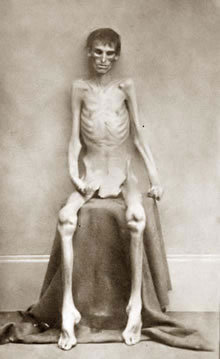I
agree with the article regarding the idea that technology has opened up many
new mythos and areas of media to explore. My belief is that as long as
technology continues to develop (which in no doubt it will) there will be
endless possibilities to create new, original forms of media. For example,
online education has grown into a large industry with numerous universities
being founded on providing online degrees.
Looking
back on Hovagimyan's article exploring the various types of media such as the
creation of the telephone, I find it fascinating how far and quickly media has
developed over time. Not only has areas such as education evolved and been
expanded upon, but also the way we communicate and go about our daily lives has
changed immensely. If people 10 years ago were to see how we live today with
present day media, I can imagine they would be quite overwhelmed. Social media
has exploded in the last 5 years and grown into something people encounter on a
daily basis.
Although
people have been expressing themselves and sharing their ideas through various
mediums of media such as theatre, silent films, and television, I feel that in
today's media it is easier than ever for one to share their ideas. Just a few
ways one can express themselves is through Twitter, Youtube, Instagram, and
Kickstarter. I'm excited to see what the next big thing is for today's media
which could come any day now with how easy creativity can be shared.
This is a video of Tupac Shakur performing at a
live concert in 2012. The amazing thing about this performance is that Tupac
Shakur has been dead for over 17 years. With developments in media, it was
possible to create a realistic hologram of 2Pac and keep his spirit alive
through his music.
http://www.youtube.com/watch?v=TGbrFmPBV0Y




